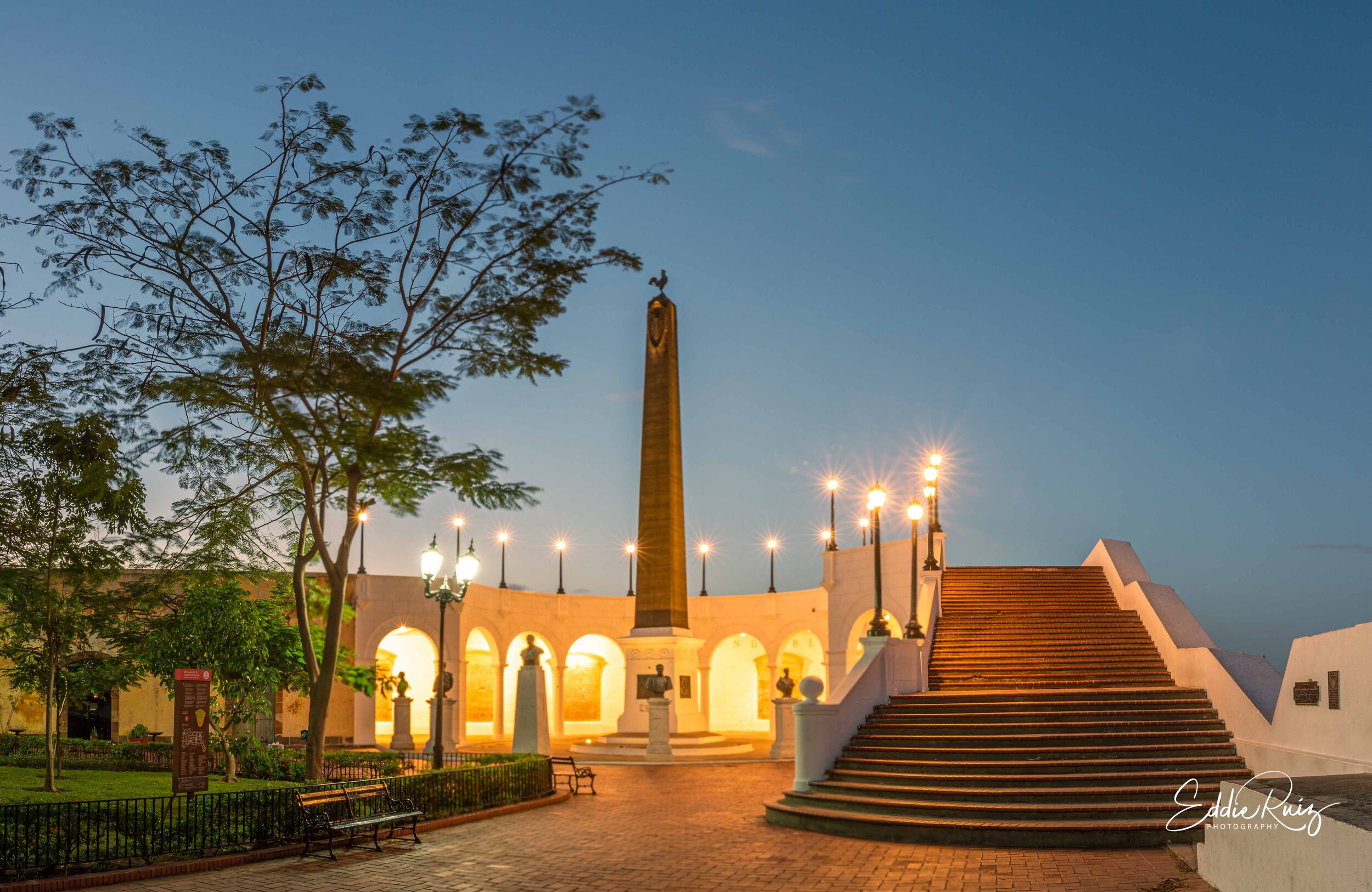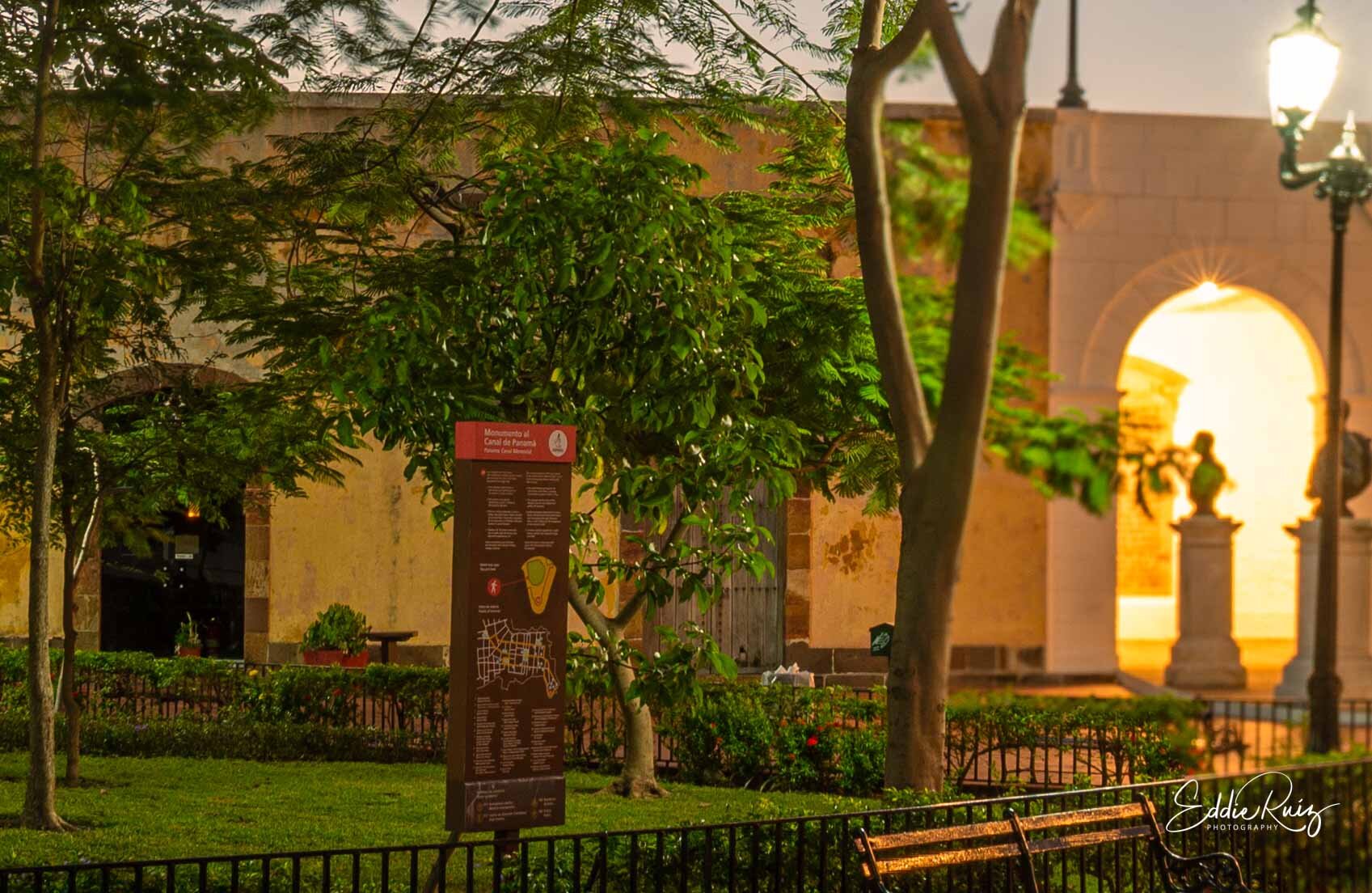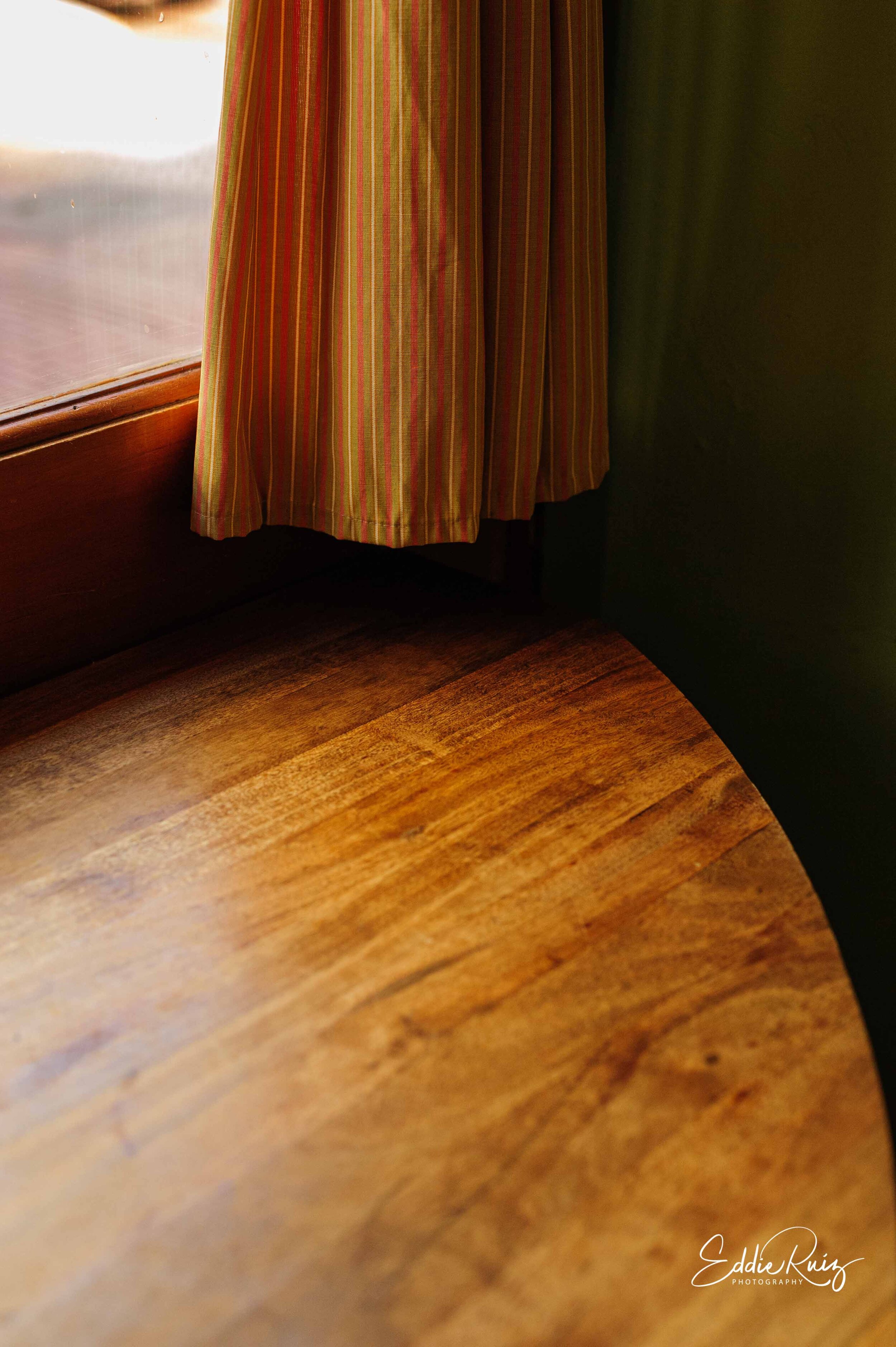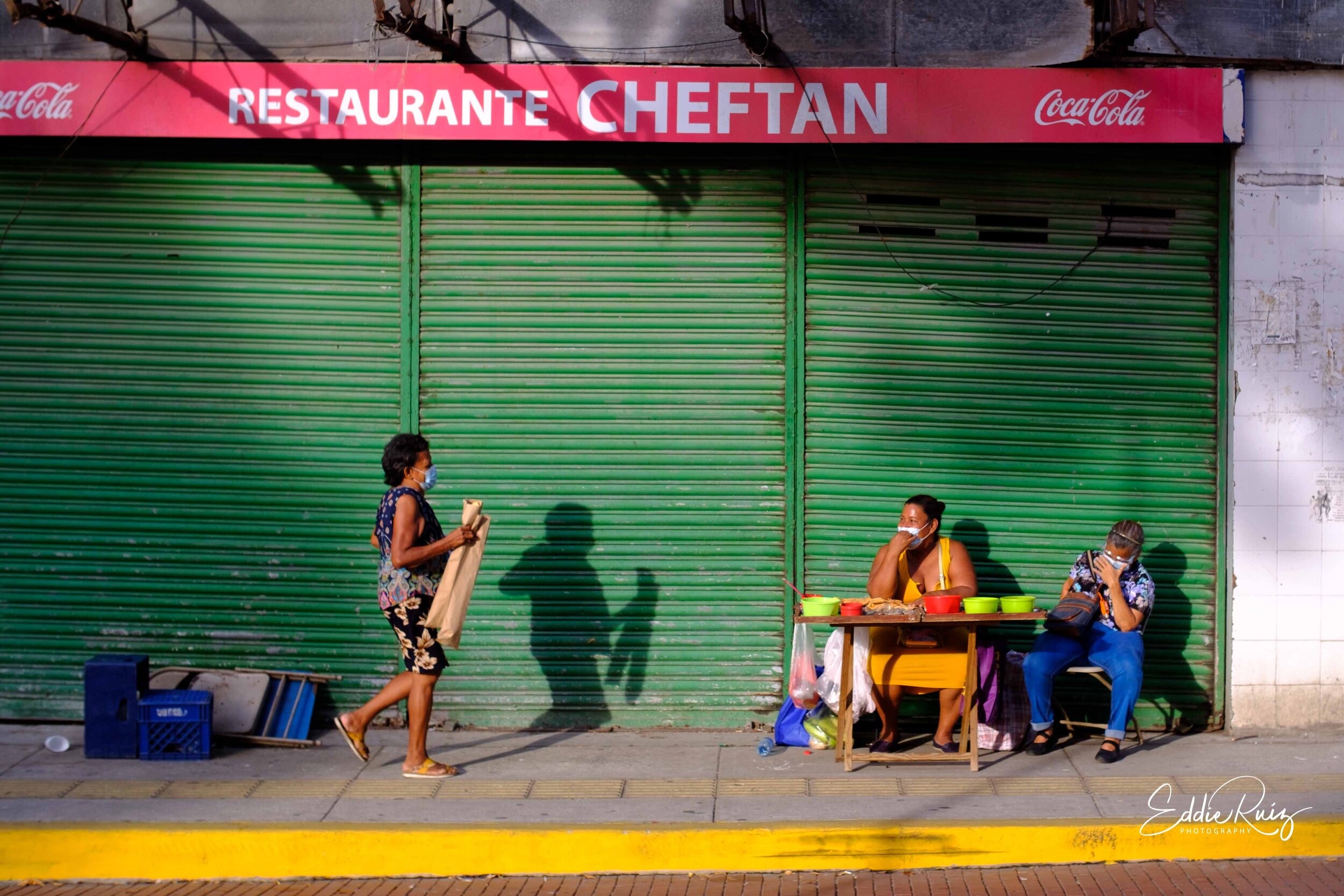Understanding the Nikon D700
To me, the Nikon D700 is an enigma. This camera was released back in 2008, truth is, it is my first full frame camera, and about a month from now, I would have owned it for close to a year. One could easily disregard such camera as obsolete, but I have to admit, every now and then it surprises me, showing me results I find hard to replicate with newer cameras. A couple of posts ago I made the argument on how newer technology, specifically in crop sensor cameras, such as the Fujifilm X-Pro2, have a leg up in terms of usability and consistency of image quality compared to the D700, but now I find questioning myself, whether or not, what I am learning now has something to do with technology, with Lightroom, with full frame sensor, or something special about the Nikon D700.
Just to be clear, I don't mean to say whatever picture you take with this camera is awesome, more than to say the quality of some images are beyond my capacity to understand as an amateur photographer. Take this first image of the table and curtain, taken with the Nikkor 50mm 1.4g with an ISO 2200, f4, and 1/250s, it is clean, interpreted by the sensor in ways I cannot explain, it almost looks like film. I cannot deny that holding it makes me be better, calmer, slower before taking pictures.
But comparing this photo to the color reproduction for the one I used as the thumbnail for this article (also taken with the D700), and you could tell their characteristics are completely different. Honestly, the thumbnail picture is not necessarily a favorite, to me it looks like a picture taken for a newspaper article (Kodak ProImage look perhaps?). To me , it feels as if the Nikon D700 produces different kinds of looks depending on the challenge between light and shadows. Nevertheless, I took that same picture in the thumbnail and edited it as black and white, and boom!, a precise rendition of Kodak Tri-X 400 film look. How on earth? I mean, I apply the same B&W process to my Fuji files and the results are very good, but they still show some of that digital flavor.
This whole dilemma started a few weeks ago after looking at a youtube video about using primes I thought it would be nice to try some landscape photography stitching together into a panorama several 50mm portrait oriented shots and see what happens. Why not try bringing the D700 and the 50mm 1.4 and just for some fun bring a Fujifilm camera alone? What resulted out of this experiment got me sent me down a rabbit hole.
From left to right, the pictures above were taken with the following cameras: Nikon D700, the Pentax K5iis, the Fujifilm X-T2, and the Fujifilm X-T20. From a distance, you could like one more than the other, and for the purpose of stiching portrait oriented photos for a nice panorama pictures, yeap, I can say I like it. I'll be doing more of it when opportunity arises. So, what's the problem then?
All pictures were taken at base ISO, but pulling the shadows out of trees I noticed how much detail was retained by the 12MP D700. I have discounted factors such as the soft morning breeze, or the image stabilizer of the lenses and cameras I used, to make sure the comparison was somewhat even, but I can't help notice the struggle of Fuji sensor to work out details and color rendition from the same shadows. Nevertheless, the only way I found to rescue some of those details from my Fuji files were either using the “Enhance Details” function in LIghtroom, or using Capture One, but both processes are time consuming to my workflow. And even then, after all that applied to the crop sensor cameras, the D700 came up with much better rendition. Not sure if these pictures crops are compressed by my web publishing service, but truth be told, there is a difference.
That's when I decided to take both my D700 and X-T20 for walk yesterday. I cannot just theorize the D700, I have to use it and see what else I could learn from the Beast. In my opinion, the more I work this camera, the more it seems that the Nikon D700 performs according to the light and/or lack off. And I mean the quality of the light, daylight compared to fluorescent light not necessarily bring similar results. This is a heavy camera, I don't think I would make it a company for the long hikes, but it is a camera to study, to learn from, and to understand what is capable of.
A few of the pictures from yesterday walk. First, those from the Nikon D700:
And these last pictures were taken with the Fujifilm X-T20 and the vintage Nikkor 50mm 1.4 non AI. I think this lens does not balance well with such a little camera.

































